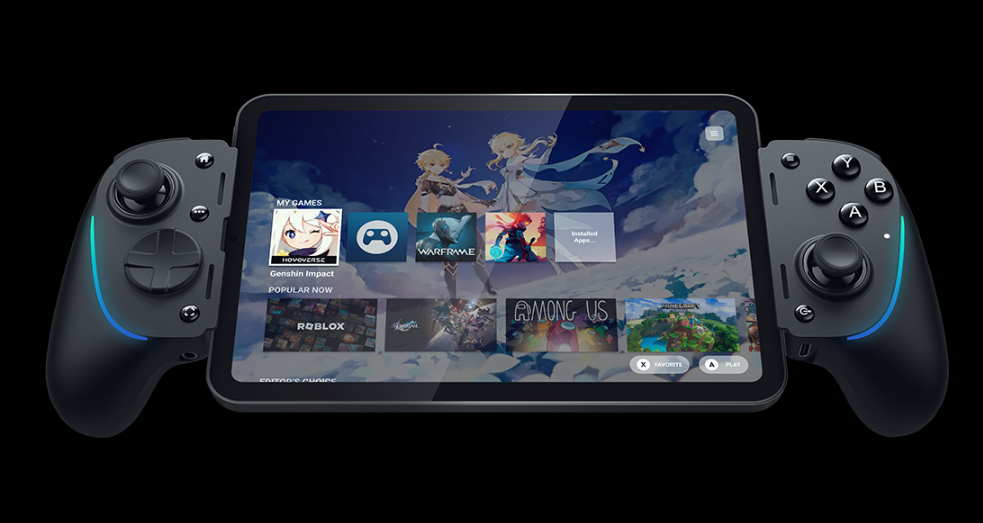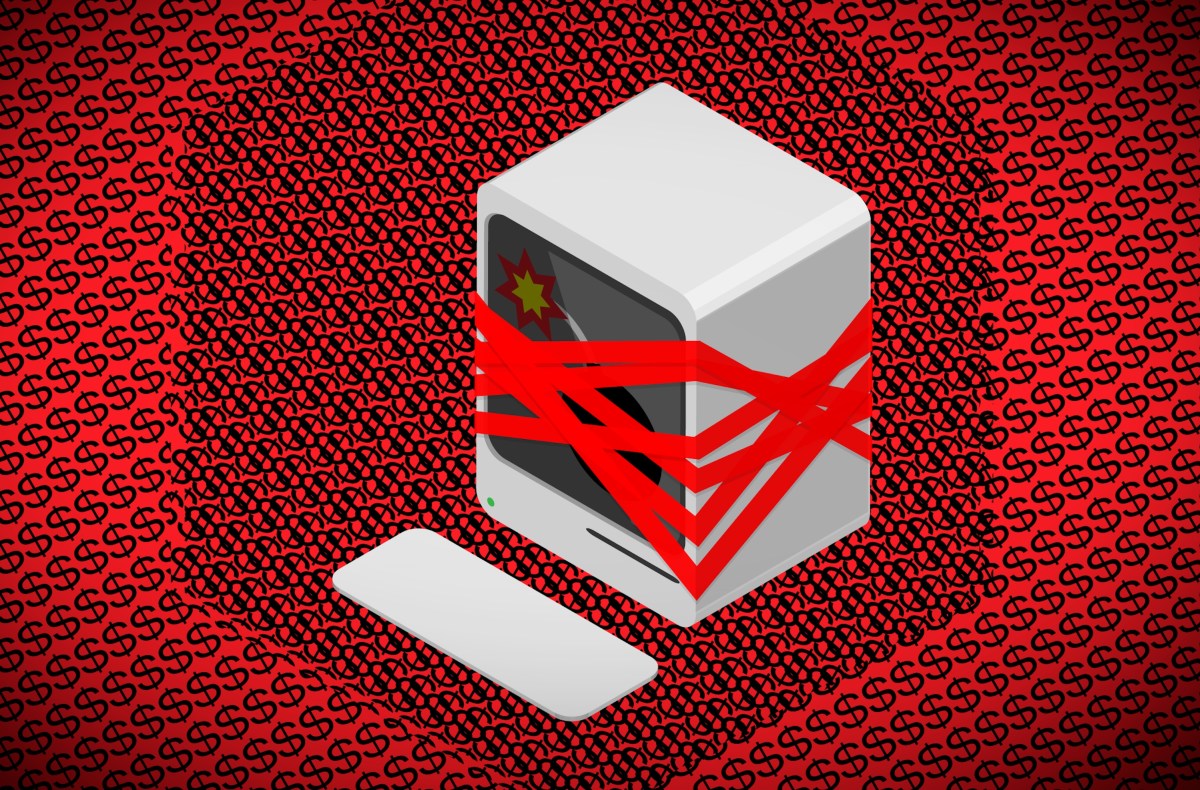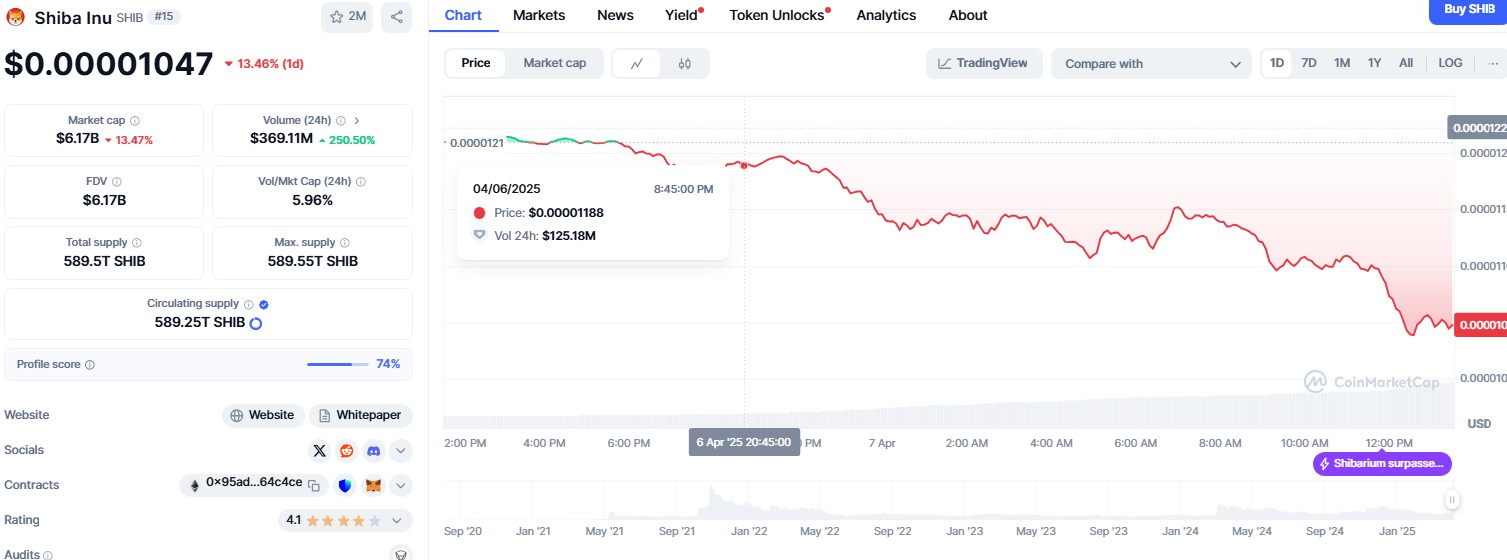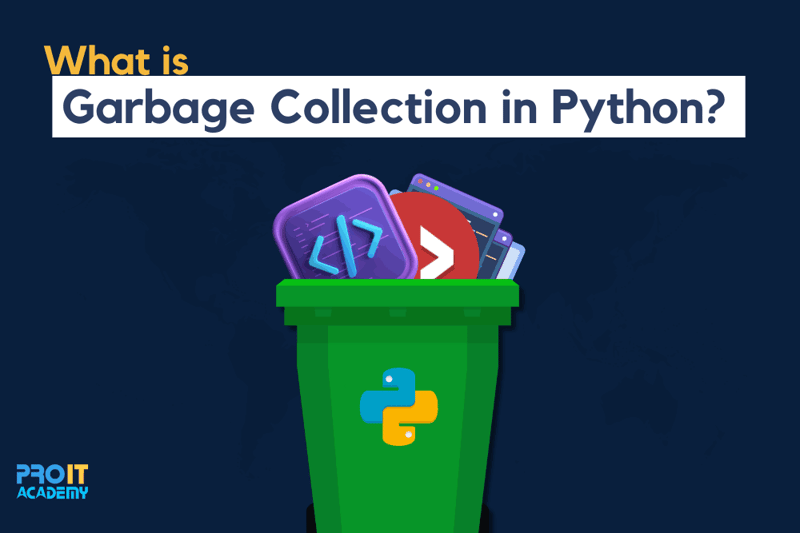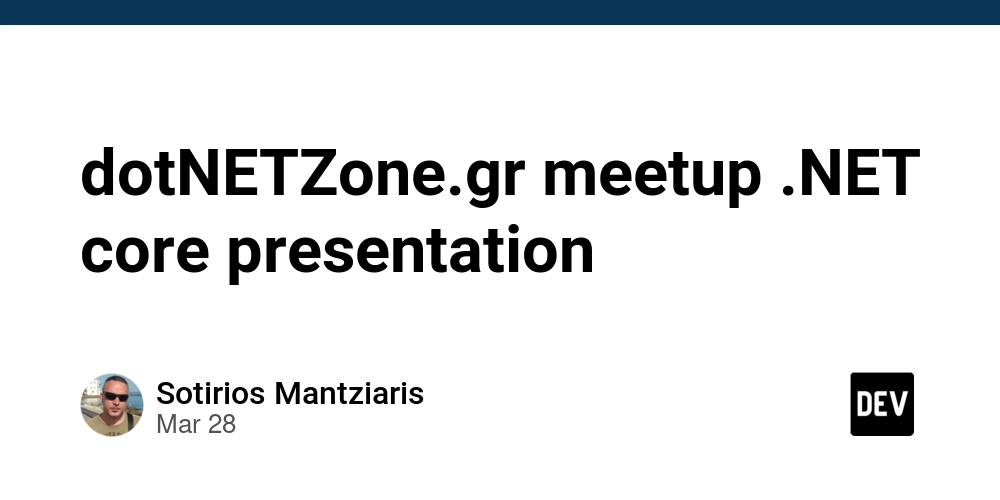Grafana Architecture Explained: How the Backend and Data Flow Work.
Grafana is a powerful open-source tool that helps turn raw data into clear, interactive dashboards making it a go-to for DevOps teams. But what’s really happening behind the scenes? In this article, we’ll break down how Grafana processes and visualizes data, keeping things simple, practical, and to the point. Whether you’re new to DevOps or just curious about how it all works under the hood, this guide will give you a solid starting point. Grafana at a Glance Grafana is built on two main parts: the frontend and the backend. Frontend: This is the part you see and interact with the dashboards, graphs, and visualizations. Built with modern web technologies, it ensures a smooth and responsive experience, making it easy to explore and analyze your data. Backend: This is where the heavy lifting happens. The backend processes data, runs queries, and connects to various data sources like Prometheus and InfluxDB. In short, it gathers and prepares the data that the frontend turns into useful insights.
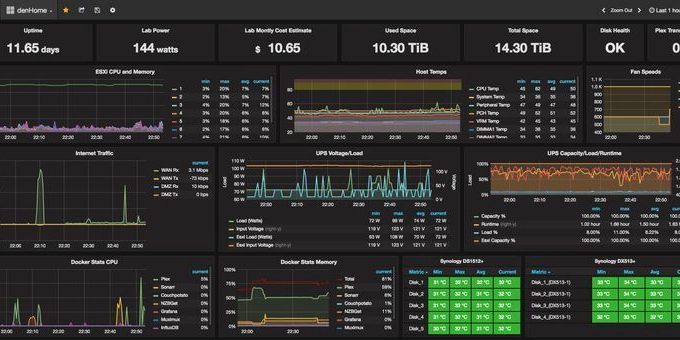
Grafana is a powerful open-source tool that helps turn raw data into clear, interactive dashboards making it a go-to for DevOps teams. But what’s really happening behind the scenes? In this article, we’ll break down how Grafana processes and visualizes data, keeping things simple, practical, and to the point. Whether you’re new to DevOps or just curious about how it all works under the hood, this guide will give you a solid starting point.
Grafana at a Glance
Grafana is built on two main parts: the frontend and the backend.
- Frontend: This is the part you see and interact with the dashboards, graphs, and visualizations. Built with modern web technologies, it ensures a smooth and responsive experience, making it easy to explore and analyze your data.
- Backend: This is where the heavy lifting happens. The backend processes data, runs queries, and connects to various data sources like Prometheus and InfluxDB. In short, it gathers and prepares the data that the frontend turns into useful insights.


















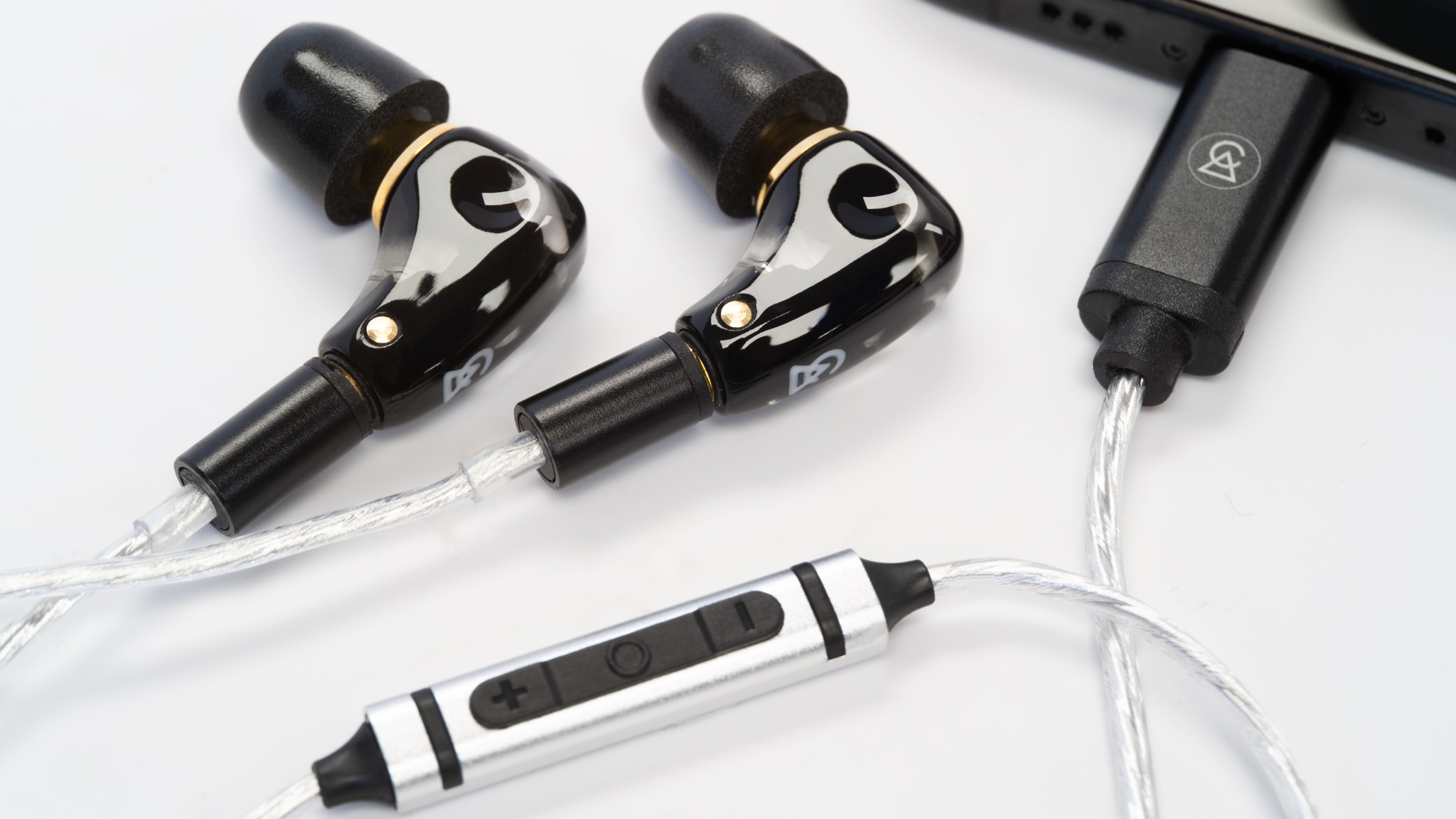






















































































































































![[The AI Show Episode 142]: ChatGPT’s New Image Generator, Studio Ghibli Craze and Backlash, Gemini 2.5, OpenAI Academy, 4o Updates, Vibe Marketing & xAI Acquires X](https://www.marketingaiinstitute.com/hubfs/ep%20142%20cover.png)

















































































































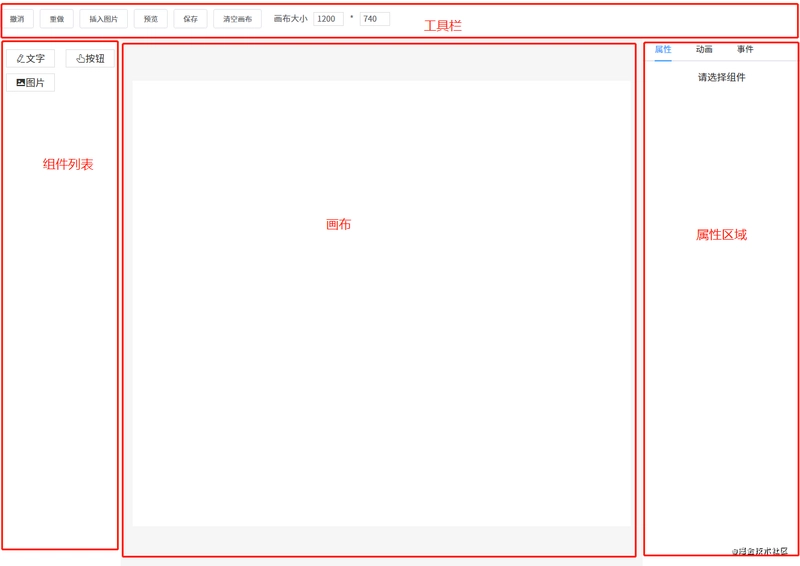












![[DEALS] The Premium Learn to Code Certification Bundle (97% off) & Other Deals Up To 98% Off – Offers End Soon!](https://www.javacodegeeks.com/wp-content/uploads/2012/12/jcg-logo.jpg)
![From drop-out to software architect with Jason Lengstorf [Podcast #167]](https://cdn.hashnode.com/res/hashnode/image/upload/v1743796461357/f3d19cd7-e6f5-4d7c-8bfc-eb974bc8da68.png?#)



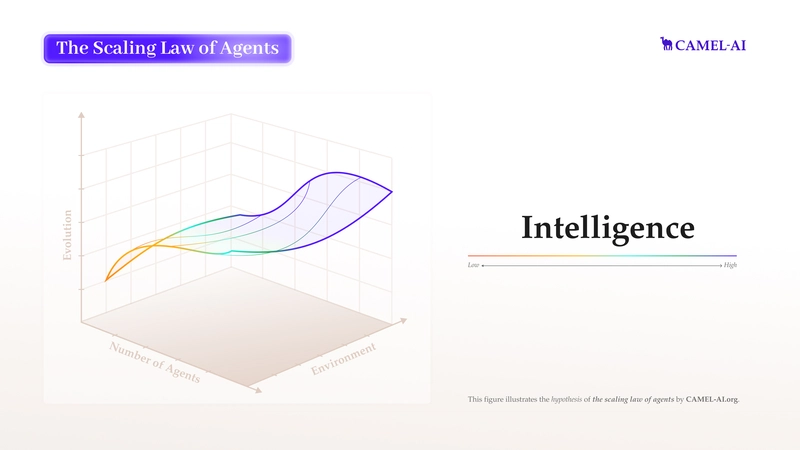




































































































.png?#)





(1).jpg?width=1920&height=1920&fit=bounds&quality=80&format=jpg&auto=webp#)





























_Christophe_Coat_Alamy.jpg?#)
.webp?#)
.webp?#)











































































































![Apple Considers Delaying Smart Home Hub Until 2026 [Gurman]](https://www.iclarified.com/images/news/96946/96946/96946-640.jpg)
![iPhone 17 Pro Won't Feature Two-Toned Back [Gurman]](https://www.iclarified.com/images/news/96944/96944/96944-640.jpg)
![Tariffs Threaten Apple's $999 iPhone Price Point in the U.S. [Gurman]](https://www.iclarified.com/images/news/96943/96943/96943-640.jpg)















